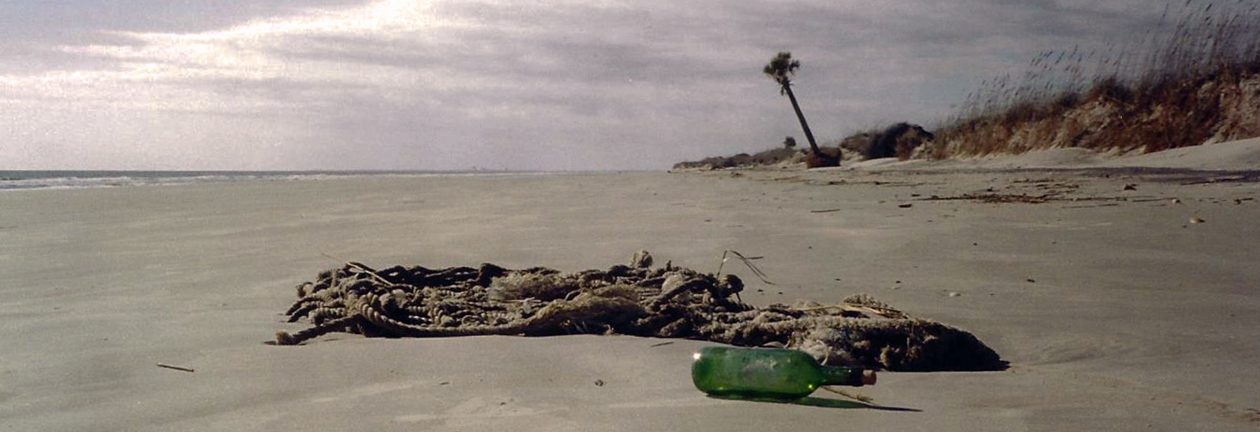Hoi An, Vietnam
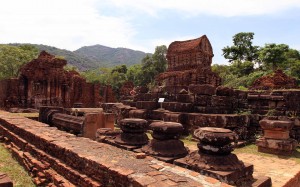
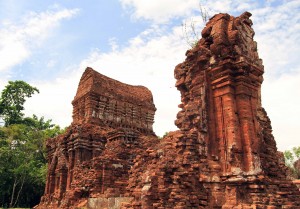
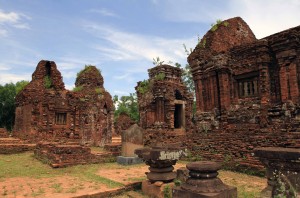
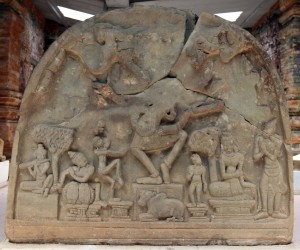
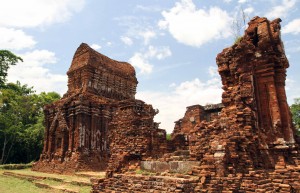
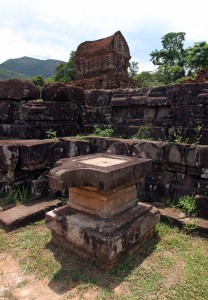
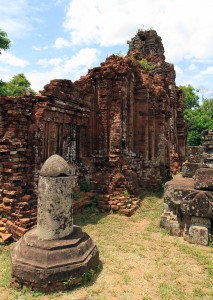
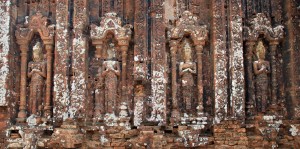
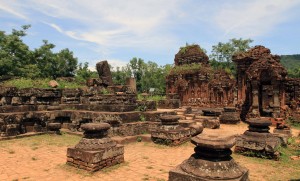
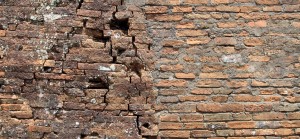
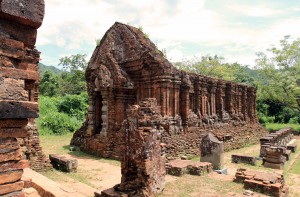
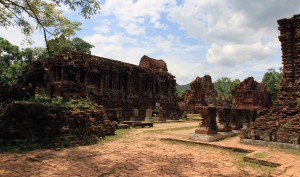
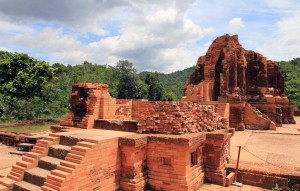
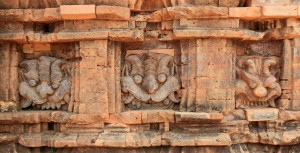
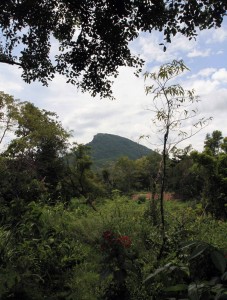
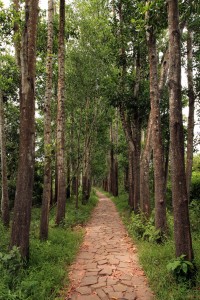
I woke up today at 07:10, a nice break from the previous two days (waking up prior to 05:00), and got ready to tour the Mỹ Sơn ruins. I walked downstairs and read an interesting article on the Libertarian case against the European Union while I waited for my ride. The tour guide then came to the hotel at 08:30 and we walked to the bus; once on the bus, we drove a short distance to a larger bus, which then took us to the ruins. It was roughly an hour drive to Mỹ Sơn from Hoi An and along the way the tour guide explained what we would see. We then stopped at the park’s entrance for a ten minute break while our tour guide bought our tickets (100,000 dong entrance fee); we then entered the bus again only to be driven a short distance to a bridge where we exited again, walked across the bridge (whilst the bus drove behind us), and then loaded up on to the bus one final time before driving to and exiting at the parking lot next to the ruins. Our tour guide (who certainly wasn’t the best at his job) the guided us to the first set of ruins (groups “B”, “C”, and “D” – all the ruins have letter designations and this first set of three were the most intact, original, restored, and impressive of the bunch found in the park). We walked around the ruins, looking at the brick work (the original bricks were tightly fitted together with a type of glue, the 1970s era restoration work used cement and was no where near as neat and clean, and the modern restoration work (clearly visible at group “G”) is using a similar type of glue that the ancient Champa culture used to build the original temples), the reliefs, and the sculptures on display; we were also told (many times over) that many of the ruins were destroyed by B-52 bombings during the war (craters were still visible at groups “E” and “F”). Also, this area was only used for religious purposes and no one lived here. Each temple group was much smaller in comparison to the ancient temples I visited in Angkor and Ayutthaya; although the temples here were older than any of those. After our tour guide took us around the first three groups and explained some of the Hindu religion and temple designs (all stuff I had learned in Angkor), he then released us to wander around for the next fifty minutes. I walked around the first three groups some more, taking many pictures, before walking over to group “A”, which was overgrown by grass and weeds, although the main temple was slightly restored. I then walked to group “G” which looked almost brand new from the extensive restoration that had taken place in recent years, before walking to the last groups (“E” and “F”), which were also mostly taken over by grass and weeds (that is, the structures that had survived the war), though there were two structures under shelter being restored; also, there was a stele on display which bore battle wounds – rifle rounds had struck the stele during heavy fighting in the jungle. After finishing my tour of the area, I then walked back to the bus. Once everyone on the tour was seated on the bus, we drove out of the park, passing over the bridge without exiting, and down to a dock along the river. At the dock, all but one guy and I exited to take the slower boat back to Hoi An; the bus then continued on and when we reached Hoi An, I was dropped off near the city center. From there I walked through the town, over the covered Japanese bridge, and to the Lifestart Foundation, where I enrolled in an arts and crafts class for the next day.
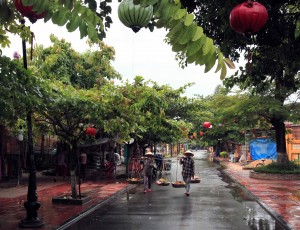
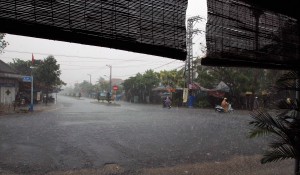
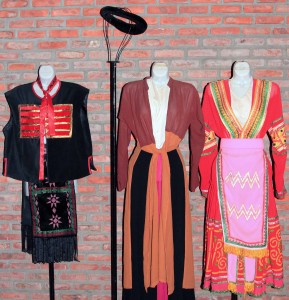
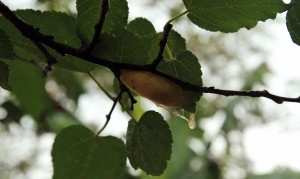
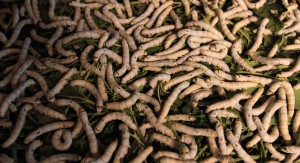
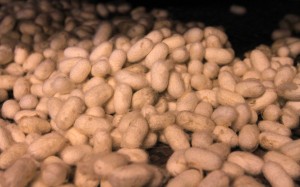
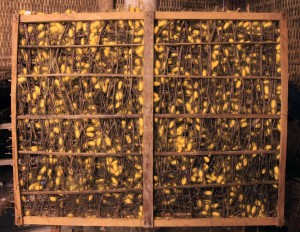
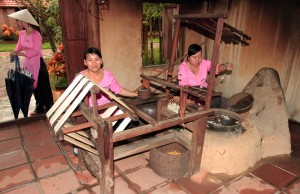
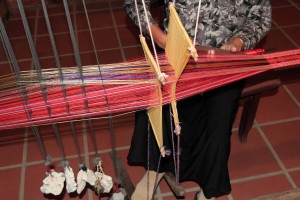
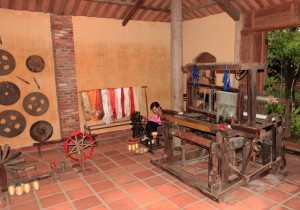
I then walked north to the Hoi An Silk Village. Just less than one hundred meters away from the village, rain began to heavily pour down. I immediately sought shelter under a sheet-metal covering next to a beauty salon and watched the rain flood the streets; there was “big ol’ fat rain, rain that flew in sideways, and sometimes rain even seemed to come straight up from underneath”; I waited there for more than an hour for the rain to die down; there was a kid nearby playing in the rain and puddles with a broom and after a while a woman from the beauty salon brought me a chair to sit on; once the clouds above had spewed the majority of their water down on us and moved on, I too moved on; I walked the short distance to the silk village and a female tour guide met me at the entrance; she then took me around the village to show me the entire process of how clothing is made from silk. First we visited a hut showcasing many examples of traditional Champa clothing (the tour guide was from the Champa people and spoke their language – Vietnamese was her second language) and other dresses from indigenous cultures found in Vietnam; we then walked outside to see a mulberry tree with silkworm cocoons on it and then to a field full of Vietnamese mulberry trees, which were pruned down after each season and kept short with new growth for the worms to feed on; next we walked to a hut with large trays full of silkworms munching on mulberry leaves; across the room in the hut were trays full of cocoons as well as cocoons attached to sticks arranged in a rectangle and displayed like a painter’s canvas on an easel – there were also two newspaper sheets with silkworm eggs on them -; we then walked to a hut where the silk was unraveled from the cocoons by boiling them to kill the chrysalis and soften the silk; then the boiled silk strands were pulled together and rolled on to a reel (the longer the silk is boiled, the softer it becomes). The next hut we visited had a woman doing traditional weaving on a long loom; there was a complicated process involving coral flower stones being used to move the different colored silk strands up and down as the woman weaved a pattern on to the silk; her skill was incredible and I was in awe how quickly she worked the loom. The next hut we visited had women using the “Cuu Dien” weaving loom, which was invented by the man with the same name in the 1930s and greatly increased silk production. Finally, we came to the last hut with many silk fabrics and clothes available for purchase; the tour guide then showed me how to test whether or not the silk fabric is genuine – if you light natural silk on fire, the flame will quickly burn out, produce white smoke, smell like burning hair, and leave nothing but ashes; faux silk will continue to burn, produce black smoke, smell like plastic or paper burning (depending on what the faux silk is made from – tree fibers could be used), and – if made from synthetic material – leave a dripping, hard, black residue on the burnt end. After that burn test, I thanked my tour guide and then walked back to my hotel – buying a small bottle of “Superior” Dalat red wine and a piece of Gouda cheese.
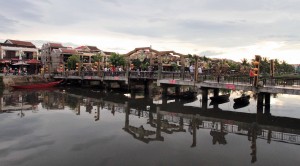
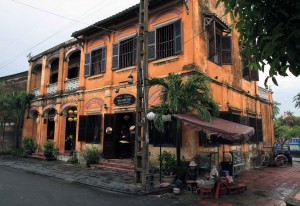
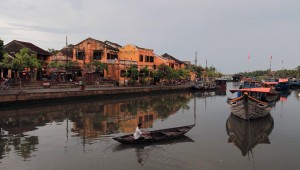
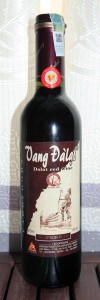
I made it back to my hotel and drank the Dalat red wine (it was blended from Cardinal and Syrah grapes and it tasted of blackberries and cherries, but it was plain and not very tasty – disappointing and mediocre like the last bottle of Dalat red wine I had) whilst eating my Gouda cheese. I then spent time typing journal entries and updating the website. After 20:30, I left the hotel to eat some dinner and chose a restaurant near the water; I ended up eating beef stewed in red wine with french fries on the side, a bowl of Cao Lầu (slices of cooked pork, fried pork skin, noodles, and leafy greens – a Hoi An specialty), and a tall bottle of Tiger beer). After dinner, I bought a banana pancake, fried and sold by a street vendor for dessert, and then I walked back to my room where I had some more beer and continued to work on the website. I then fell asleep.
